It is quite intriguing how Windows 10 took off shortly after its announcement on the 29 of July 2015 and it is without a doubt that it’s the best Windows ever – which is what a sequel of any operating system should be anyway – unlike those that came before it (I’m looking at you Window 8/8/1).
Microsoft currently boasts of over 200 million devices currently running its flagship operating system, which is a humongous amount if you ask me. Notwithstanding, the market share of Windows 7 still surpasses that of Windows 10.
However, given the success rate of Windows 10 in the short space of time, we’d expect its usage share to eventually grow over the next few years to beat Windows 7 – just the same way the latter took over Windows XP.
I like to attribute Windows 10 to “8.1 done right” particularly because it’s more or less a refined form of the latter – with still a lot of improvements under the hood.
Given the entire nature of the Windows operating system as a closed – money/data hoarding platform, it’s mostly fair that people that value their privacy or are otherwise displeased with Windows 10 will look out for the better alternatives while still offering a similar experience akin to what the 10’s GUI offers.
In this article, we’ve picked 5 Linux distributions that will give you the best possible Windows-esque desktop experience on Linux.
1. Zorin OS
Zorin OS is perhaps the most prominent of the bunch and has quite the manpower with a standardized development cycle (one that is similar to Ubuntu LTS and short-term releases).
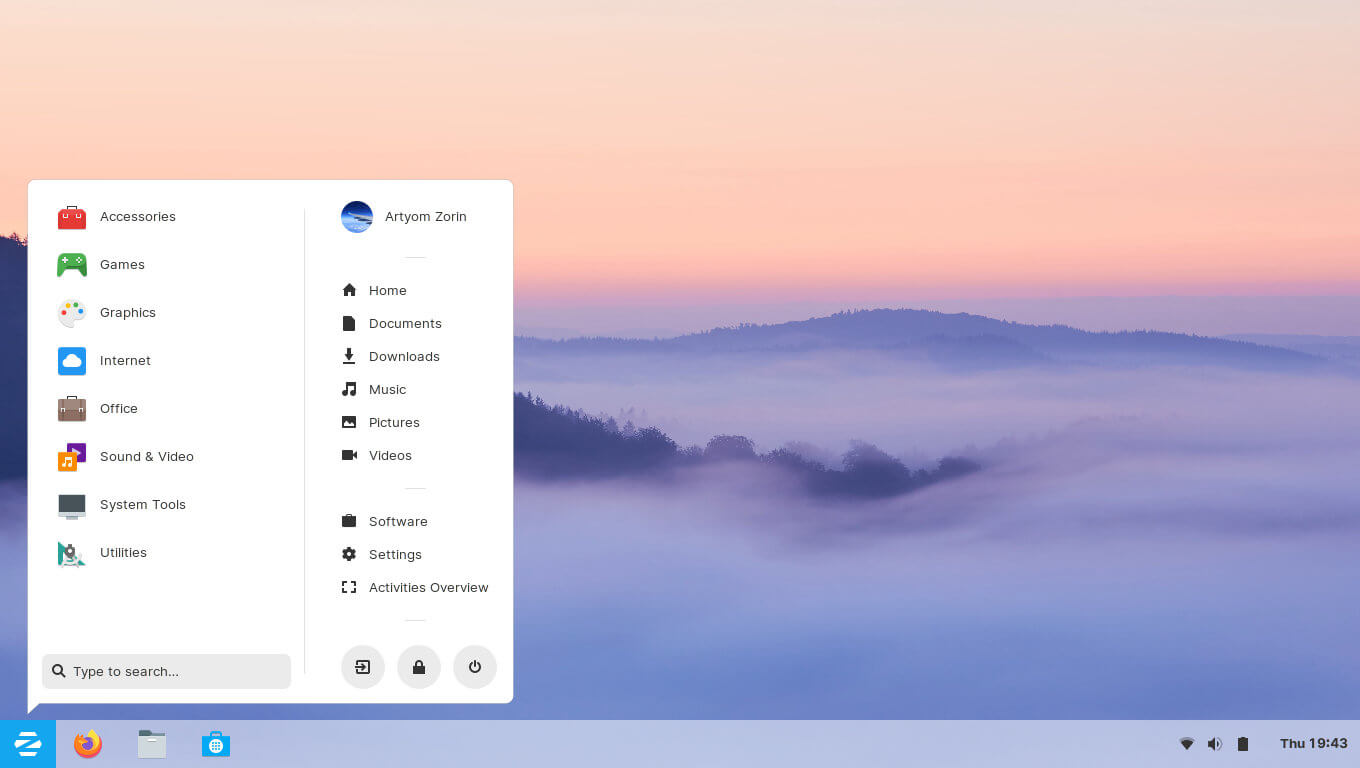
The Zorin OS once installed, will make you feel right at home as it has that generalized Windows look, and for a user coming from Windows, you almost will be able to go wherever you’re most fond of visiting on your Windows PC.
It is noteworthy that Zorin shares the same codebase as Ubuntu and uses a heavily modified DE dubbed Zorin DE and based on Gnome 3.
By default, Zorin OS is meant to look like Windows 7, but you have other options in the look changer which are the Windows XP style and Gnome 3.
Better yet, Zorin comes with Wine (which is an emulator that allows you to run win32 apps in Linux) preinstalled and many other applications that you’ll need for basic tasks.
2. ReactOS
ReactOS is a very old operating system that has been active development for the last two decades and it aims to be the most aesthetically pleasing OS that steals you completely from Windows.
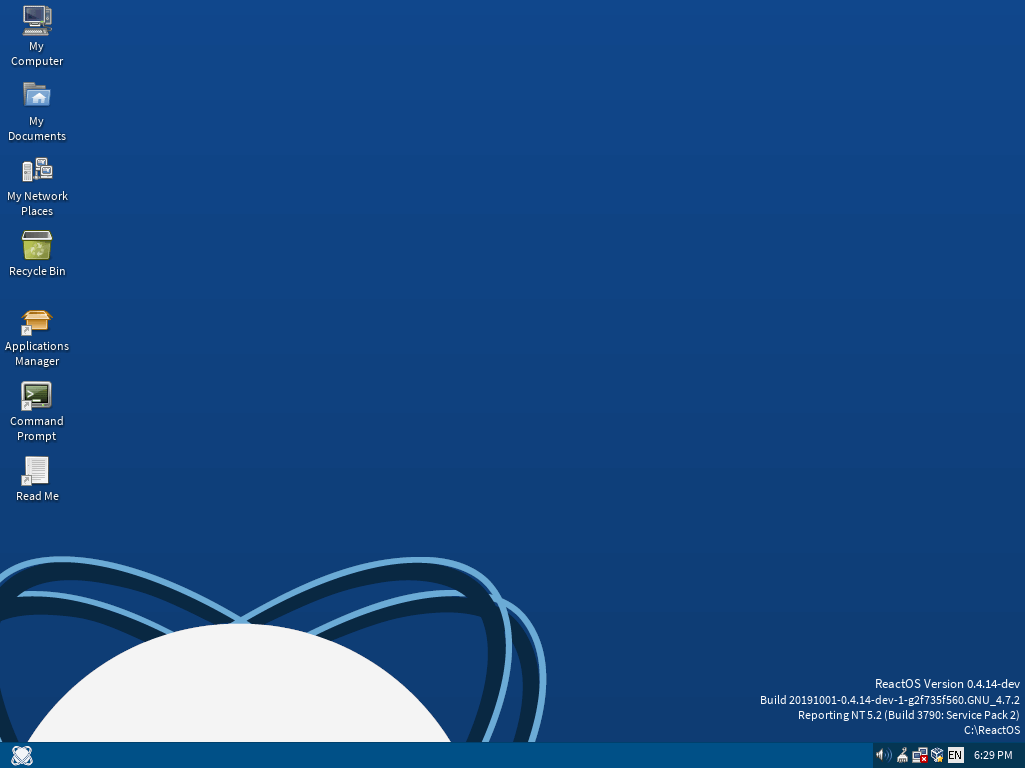
If you thought Windows 10 was quite the looker, give ReactOS a try and you’ll almost never look back. The OS comes with a complete and unique customizability set which is quite comparable to that of Zorin OS but much more extensive and consistent all through the operating system.
Given that ReactOS is a relatively old operating system, you might be a tad unwillingly to give it a shot, but believe me, I’ve test-driven it for the well part of a week and I can very well say the stability is top-notch and comparable to the rest of this list which is why I gave it the number 2 spot.
[ You might also like: ReactOS Alternative to Windows – Review, and Installation ]
3. Elementary OS
Elementary OS is one of the many options poised as a fast replacement for Windows and MAC users alike looking to migrate to Linux.
However, Elementary OS doesn’t have the same conventional windows-like UI as the aforementioned distributions (why it made the third on our list).
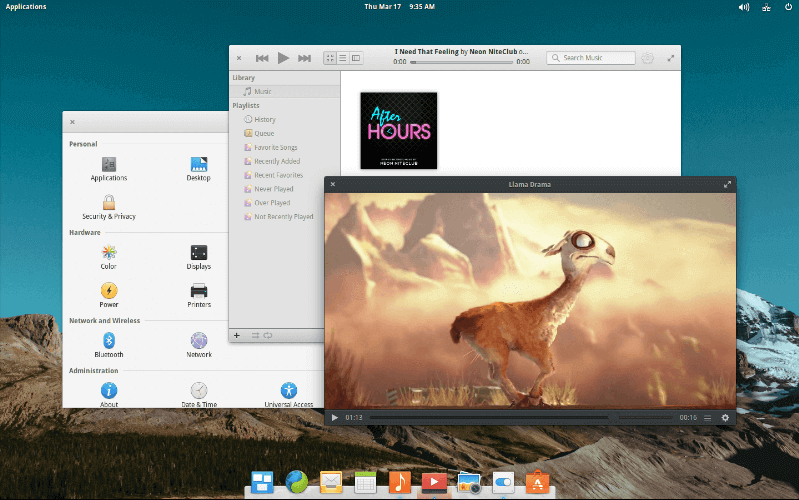
The operating system is extremely solid and will easily grow on you once you begin using the Pantheon DE (which is elementary’s home-grown desktop environment).
Pantheon is more or less a MAC lookalike and will be mostly befitting to users coming from OSX, however, that doesn’t rule out the fact that Windows users can as well enjoy the distro as much.
The most recent release of Elementary OS 5.1.7 Hera is based on Ubuntu 18.04 LTS which, of course, means that you’ll be getting updates and security patches for the next five years as it is with most Ubuntu LTS releases.
The latest release is codenamed Hera and it’s available for the most popular PC architectures out there (x64) and quite lightweight too. For optimal performance, it’s advisable to have a PC with at least 2GB of RAM and a dual-core Intel SoC or an AMD equivalent.
4. Kubuntu
Kubuntu will be your go-to distro if you’re looking for extreme reconfigurability with an app for everything outside the box.
The distro comes with the KDE desktop environment and has for long been an officially supported branch of Ubuntu with KDE-specific applications for pretty much everything you’ll need to do.
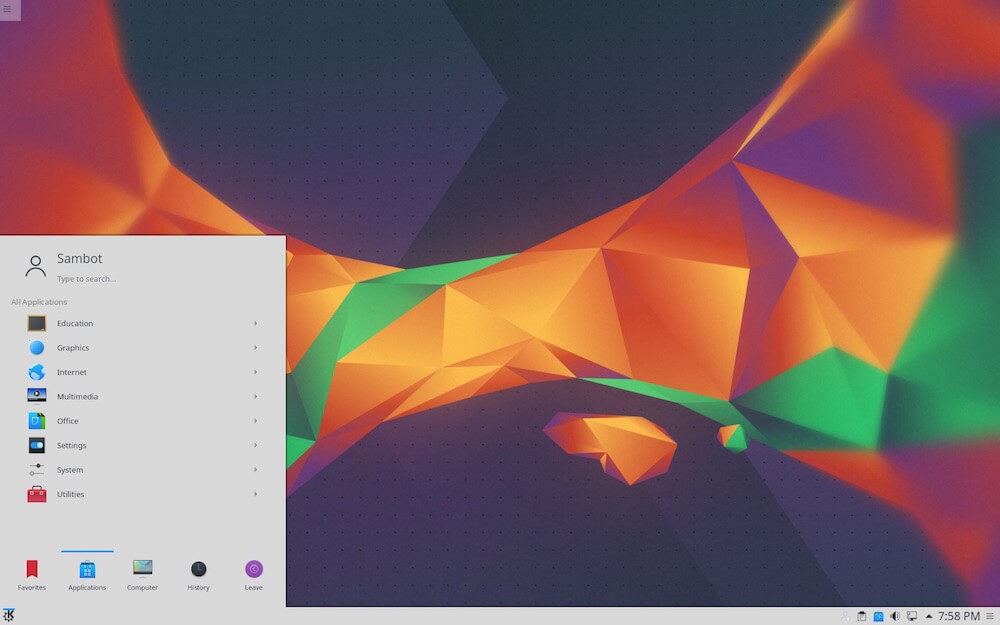
The flagship desktop experience is tagged Plasma and it’s currently at version 5.21 which features a seeming flat UI all through the operating system.
The KDE Plasma experience is, however, evolving to be a more rolling type of release for those that want the latest and greatest of KDE under the moniker KDE Neon which was recently established by the former maintainer of Kubuntu.
So whatever the case may be, if you decide to go with Kubuntu, be sure to keep an eye on the KDE Neon development so you may know whether to switch or not.
It is noteworthy, that the KDE Neon experience will eventually evolve to use the up-and-coming Ubuntu 20.04 LTS base which, of course, means updates and patches for the next 5 years.
KDE apps are built using the Qt framework which is known for having strong cross-platform support and also allows easy interoperability with other platforms.
Mind you, Kubuntu is not exactly lightweight and your system must have ample resources to be able to effectively run the OS as it features animations all through (which can, of course, be disabled but will strip down the Kubuntu experience).
5. Linux Mint
This list wouldn’t be complete without Linux Mint in it. Let’s just be fair about that. Linux Mint perhaps has an edge here for being the second most popular operating system for newbies in the Linux world which is not too much of a surprise (putting into consideration the original vision of Linux Mint devs – which is essentially an operating system that has absolutely no learning curve to start working immediately).
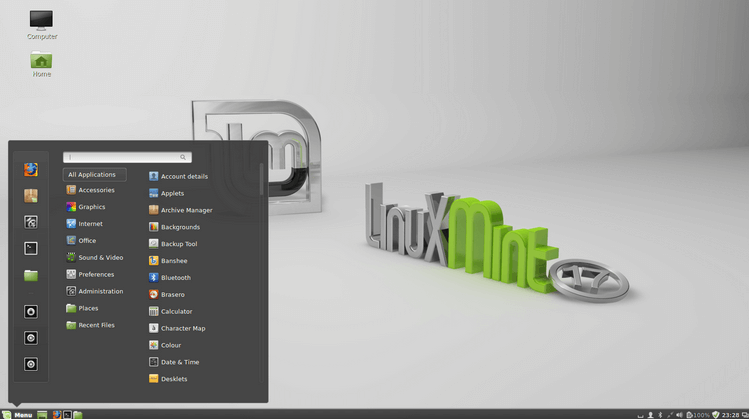
Linux Mint is based on Ubuntu and essentially shares a high percentage of the Ubuntu codebase. Mint has been fondly called “Ubuntu done right” over the years which is certainly true when you look at it from the perspective of a newcomer to Linux.
Mint will make you feel right at home once you get a hang of the fair amount of navigation difference that makes it differ from what you’ll mostly find on Windows.
Cinnamon is an in-house DE that ships with Mint, However, there’s the Mate, and Xfce variants (all of which are configurable to the very core).
[ You might also like: Linux Mint 20.1 Installation, Review, and Customization ]
Conclusion
This brings us to the end of our list and while it’s not exactly comprehensive, you can be sure that you won’t go amiss with whichever of the aforementioned distros you finally settle with.
In the event, you come across issues installing them or any challenge whatsoever, drop your comments in the box below and we’ll get back to you as soon as we can.

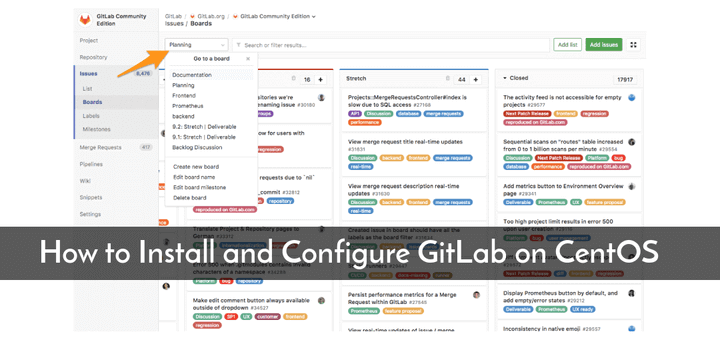
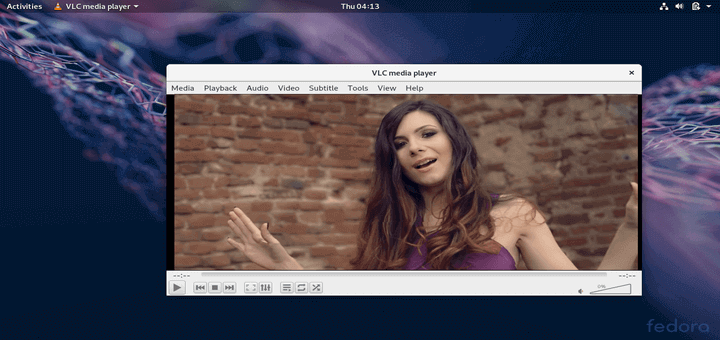
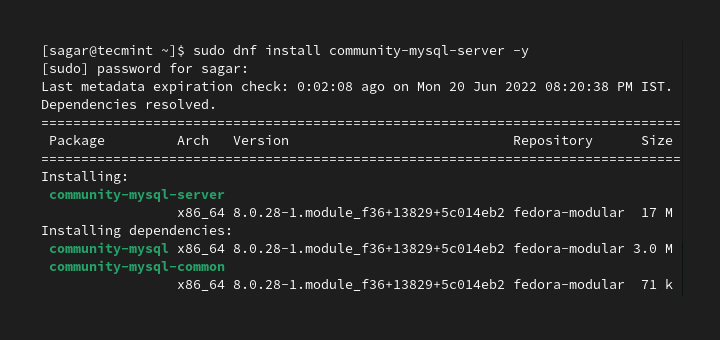



Whenever people make this comparison—Linux to replace Windows—no one ever talks about the one thing that for me is essential. When an application window opens, does it remember its position from the last time I used it?
Why is this important, you may ask? Because I have a triple-monitor set-up and that causes two problems with every Linux distro I’ve tried. When an application window opens, I have to not just grab it from the upper-left corner of the left-most screen and drag it to the monitor where I usually use it, I have to resize the window, too. Do that several times in an hour and it gets old fast.
Does anyone know of a Linux distro (or window manager) that keeps track of window sizes and positions?
I’m a Linux Mint user, used to use Xubuntu, but this distro suits me right down to the ground. Just perfect.
ReactOS is not based on Linux or Unix. I had to go to DistroWatch to find this out.
I am confused as to why ReactOS is mentioned. It’s not Linux and has a reverse-engineered NT kernel. Also, it’s still an Alpha system and absolutely not ready to be used as a daily driver.
ReactOS is actually meant to be a stand-in replacement to Windows, without it being Windows. To simplify this… It is an open-source equivalent TO WINDOWS. So it will and the keyword is WILL have total compatibility with Windows on the driver level, software level, etc, etc.
But honestly, it’s very bad advice to even point someone toward this system. It barely runs in a VM and very very few systems can actually run it on “bare metal”. I can give 5 easy Linux distros right now for new users to try… Ubuntu, Zorin, Manjaro, Mageia, and Linux Mint. Please do not do people a disservice by steering them toward a system that is in early development still.
I was a little surprised to see it as well, but thank you for sharing those editions. I used RHEL for a long time and switched back to Windows for work a few years back. Lately, Win10 is becoming just too annoying to use daily, so I am on the hunt for a distro again.
I liked Ubuntu before, but after using it for a year or so, I found I wanted more control over things and I want to try a distro I have never used before as well. I think Linux Mint looks tasty at the moment. Thanks for sharing.
ReactOS, really?! Are you ok?!
First: is not a Linux distro. Second: is still in alpha! Is totally crazy to pretend to use it as a daily OS. It barely works in VM.
Please, don’t give bad advice and suggestions to people who want to enter the world of Linux and free software. In my opinion for an ex Windows user is better to use a “genuine” Linux distro and not a clone, because they are different: Windows is Windows, and Linux is Linux.
It’s normal and good that there is a learning curve (is not as difficult as they say around). But if you really want to recommend something graphically equal recommend Windowsfx and not ReactOS!
Which 1 of those (or a different one) looks/feels most like Windows but can be run as a live-USB (installing nothing at all on your hard drive)?
Today pretty much any distro can be run from a USB stick.
“Which 1 of those (or a different one) looks/feels most like Windows”
Do you want to run Windows or do you want to run Linux? If you want an O/S that looks, feels, and works like Windows, use Windows. If you want to run Linux, bite the bullet and learn Linux. As long as you run Linux that looks/works like Windows, you will confuse the “windows way of doing things” with the “Linux way” and have problems.
Windows 10 is the best Windows?
I’d used Windows from 3.0 to 8.1, and the only one that was so bad that I left the Windows platform completely was 10. Win ME didn’t do that, Vista didn’t do that, and 8.1 didn’t do that. Only Windows 10 was that level of awful.
On the good side, by now I have been using Linux for almost 6 years (in other news, Windows 10 is about to celebrate its 6th birthday… such a coincidence!), and as my sole OS for more than 5 years. Don’t miss it at all.
Windows 8.1 was, by my way of thinking, far better than 10. They both have ridiculous half-phone, half-PC user interfaces, but you can fix that with things like Classic Shell (now Open Shell, since the constant churn of Windows 10 updates burned out the creator and former dev of Classic Shell), Old-New Explorer, a custom theme and the enabling patch, and so on.
Once you have done that with Windows 8.1, you have an OS with a sensible UI that doesn’t get a feature update every 6 months, that decides when it will update, that overrides your settings whenever it feels like it, that serves as a vehicle for Microsoft’s monetization efforts, and all kinds of other such things that don’t make consumers happy.
With Windows 10, you can fix the weird UI now, but in 6 months when the next feature update comes along, you might have to do them again. You never know what Microsoft-serving change has been introduced that you’ll have to figure out how to get rid of, or which of your settings has been undone, or which of your hand-chosen drivers has been replaced with one that MS picked for you, or what unwanted “apps” have been installed, or what programs you actually wanted on your PC were unceremoniously uninstalled because MS decided that’s what should happen.
No, that’s not the best Windows ever to me. It’s the worst ever, though, with 11 on the horizon, it may have competition for that title soon. Time will tell when the final version is available. From the reports so far, it’s not looking like MS has gotten any friendlier to its users (home users in particular).
Not a well-researched article, and seems out of whack in priorities. ReactOS is an especially terrible inclusion, for reasons already stated. Zorin is okay but a very debatable number 1, Kubuntu seems strange given it’s just a desktop environment change from Ubuntu (though it’s fair to say Zorin isn’t too much different in that either), but heavier weight and not exactly a first pick from anyone’s suggestion list I know.
Lubuntu would be a more broadly applicable choice while carrying the same ‘basically ubuntu but more windows-y’ flair. For an article titled with specialty to Windows users, pitching Elementary is a bizarre choice anywhere but as #5 honorary mention for looking good in a Mac paradigm, not a Windows one. Given options ranging from misleading to strange, it’s pretty sad that Mint barely scrapes in at 5.
Frankly, I would rewrite this article, because it’s unfortunately high in search queries for the subject and above all goes the wrong direction for someone trying to get useful input.
In this article, we’ve picked 5 Linux distributions
and where’s the Linux in ReactOS?
> however ReactOS is not Linux
https://reactos.org/faq/#what-is-reactos
It is quite intriguing how Windows 10 took off shortly after its announcement on the 29 of July 2015″.
Win 10 did not “take off”, it TOOK OVER. The users of previous versions had no choice. Microsoft forced the Win 10 upgrade on just about everybody. Just as very few Windows users will have a choice about “upgrading” to Win 11. Did I hear someone say “vendor lock-in”?
More than a few posters have commented that “if Linux were made easier (whatever that means), it would take off”. By that, they mean that Linux should look and feel like Windows, work like Windows, and run all the Windows software but not be from Microsoft. If that is what you want, there’s ReactOS BUT don’t forget that as of July 2021, after close to 20 years of development, ReactOS still has not released a beta version, let alone a version 1.0. Ever since they came into existence, ReactOS has been in a perpetual state of development, playing a continuous game of catch-up with Windows. With each new Windows release, ReactOS has been falling further and further behind on features and capabilities.
Other posters have bitterly complained that Linux is much harder to learn than Windows. No, it is not Linux that is hard to learn but Windows habits that are hard to unlearn. Not ONE PC user in the entire world was born knowing any particular O/S. They/we all had to go through the difficulties of learning each O/S from the ground up. Having had to learn at least 10 different O/Ss so far, I can unequivocally state that no O/S is inherently any harder to learn than any other.
If you take that apocryphal 86 year old grandmother who is completely computer illiterate and sit her in front of a Linux PC, she will have a little problem learning Linux as if you sat her in front of a Windows PC and had her learn Windows.
As a side note. I used Windows for more than 10 years, then I switched to Linux cold turkey. I have been using Linux now for over 15 years. MY daughter gave me her Win 7 laptop. I feel lost trying to use that laptop. I have forgotten most of my Windows knowledge. I have to re-learn Windows all over again. It’s a case of “use it or lose it”. So, please, don’t anybody try to tell me that Windows is easier to learn than Linux because both have pretty much the same learning curve.
BTW – when you switch from one O/S to another (Linux distros ARE NOT different O/Ss, no matter what anybody tries to tell you), you’d better expect a learning curve. Even though every O/S performs basically the same function – allows a user to run applications on a computer, they ARE NOT ALLOWED, by copyright law, to look, feel or work the same. O/Ss are also different by choice of the developer(s). Each O/S has its focus and each O/S tries to correct problems exhibited by other O/Ss. So a user will always have difficulties in switching from one O/S to another.